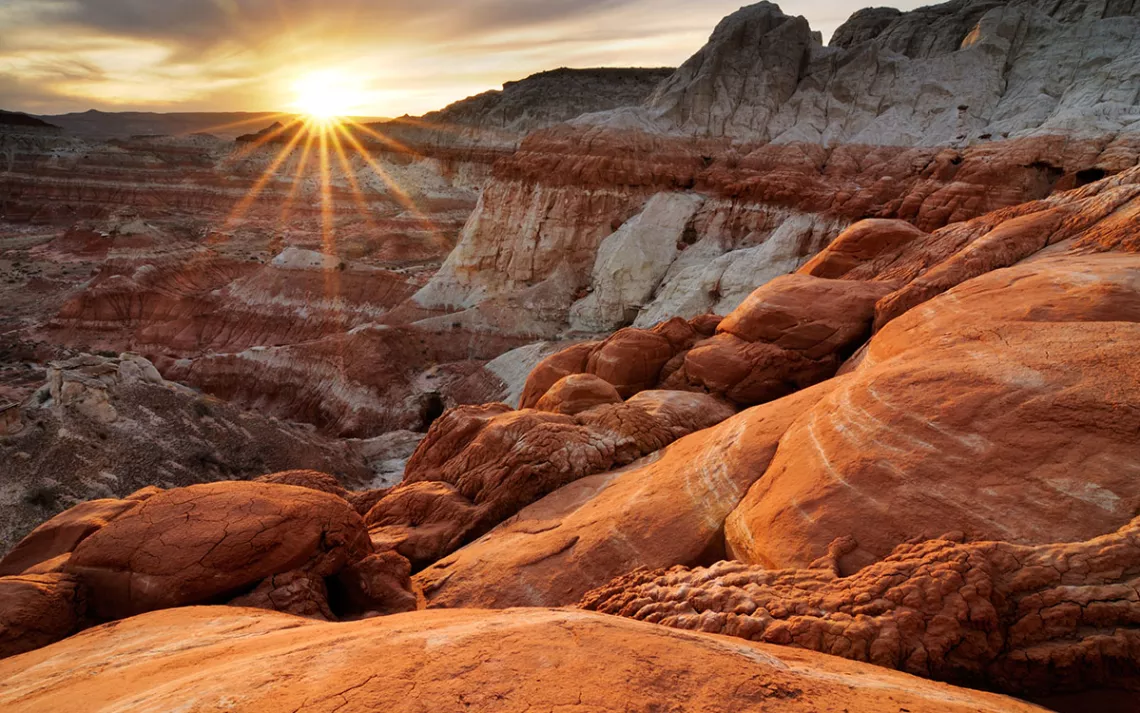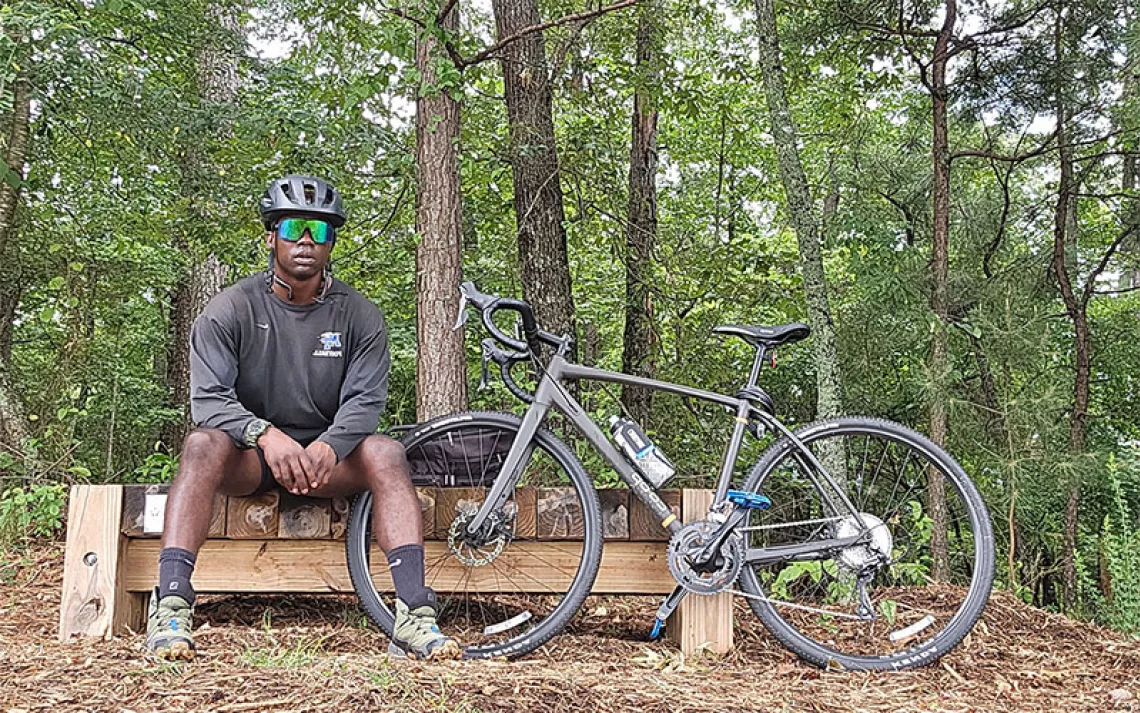For Too Many Kids, Getting Outside Is Easier Said Than Done
When in doubt, #OptOutside

Photo by Rezus/iStock
Distributed by Trice Edney Newswire
Last week, after a restful Thanksgiving, my family made a deliberate choice to #OptOutside on Friday. #OptOutside is a growing movement in which participating organizations and companies close their doors on Black Friday, give their employees a paid day off, and encourage all of us to embrace the serenity of nature instead of succumbing to the frenzy of Black Friday shopping.
I’m an outdoors enthusiast, from a long line of outdoors enthusiasts. As a dad, I try to instill a strong love of nature in my kids and make sure they reap the vast benefits of spending time outside in and among nature. However, I’m aware that my family’s ability to enjoy the outdoors is a blessing that’s been denied to far too many other Black families.
Like pollution and climate change, inadequate access to nature is not a crisis shouldered equally. Sadly, it won’t surprise you that it falls hardest on people of color and low-income communities.
A study of park accessibility by the Trust for Public Land concluded that “systemic racism and redlining have led to chronic disinvestment in parks and recreational facilities in marginalized communities.” The result is one that perpetuates a cycle of inequality: “too few parks as well as parks marred by cracked asphalt, barren fields, and broken play equipment.”
All people, and especially children, need easy access to safe, clean outside spaces for healthy bodies and minds. Yet one third of all Americans—among them, 28 million children—don’t have any sort of park or natural space within a 10-minute walk of their home.
According to analysis of 2017 demographic data by Conservation Science Partners, people of color were three times more likely than white people to live in an area that is considered nature deprived, with people who identified as Black or African American being the group most likely to live in one of these areas. Sixty-eight percent of people who identified as Black or African American lived in a nature deprived area. Seventy percent of low-income people did. And a whopping 76 percent of low-income people of color lived in a nature deprived area.
Lack of nature access is not only an issue of one’s physical proximity to a park or green space. People of color, especially Black people, have an unfortunate history in this country of segregation and exclusion from public lands and natural places. We’ve been met with threats and violence while in nature. And for too long we were even excluded from the conservation movement fighting to protect natural lands. The consequences of this are still felt today.
What does this nature gap and nature deficit mean for our kids? Years of studies have shown that children who spend less time outdoors are more likely to deal with physical health problems, ranging from childhood obesity to vitamin D deficiency, as well as reduced motor skills development and higher rates of emotional illnesses like anxiety and depression.
Meanwhile, we also know that when kids spend time in nature, besides the general benefits of exercise, it helps build confidence, reduce stress, and promote creativity. So, closing the nature gap, as a goal, should be a priority to all of us who have fought long and hard to close the opportunity gaps faced by our kids and our communities.
That’s why I’m glad that this week marks a broad, rejuvenated push for Congress to pass the bipartisan Outside For All Act, which would increase access to nature and opportunities for outdoor recreation in urban and low-income communities.
By codifying the Outdoor Recreation Legacy Partnership (ORLP) program into federal law, the Outdoors For All Act would make the immense benefits of local parks more equitable and accessible to all. Those benefits, according to the office of Senator Alex Padilla, one of the bill’s sponsors, include job creation, shade and tree cover, and clean air, as well as “new trails, green spaces, playgrounds, cultural gathering spaces, and more.”
It all adds up to healthier bodies and minds for our children, and building more of a shared understanding, for all of us, of why spending time outdoors and protecting nature are so critical to our well-being.
 The Magazine of The Sierra Club
The Magazine of The Sierra Club



